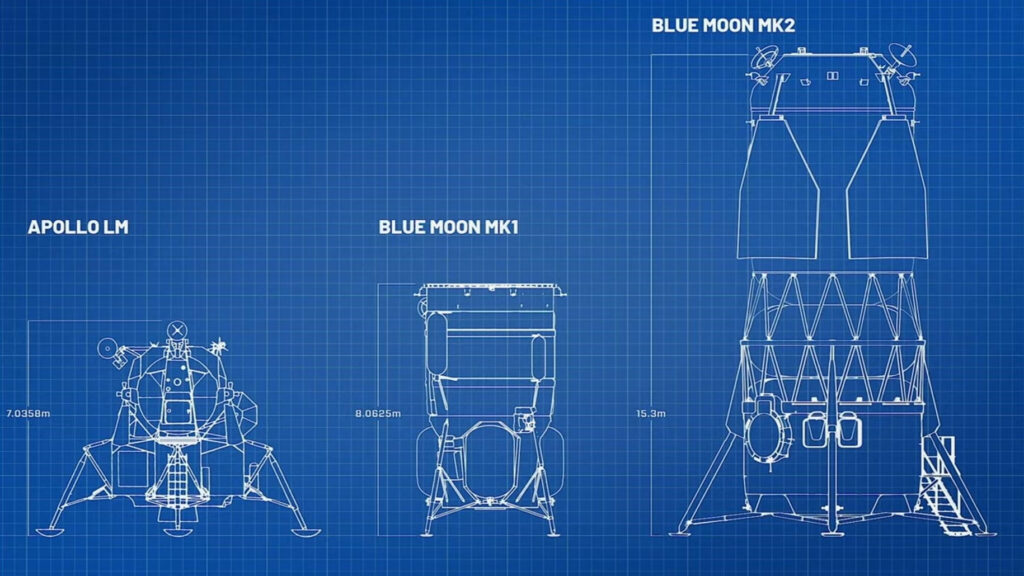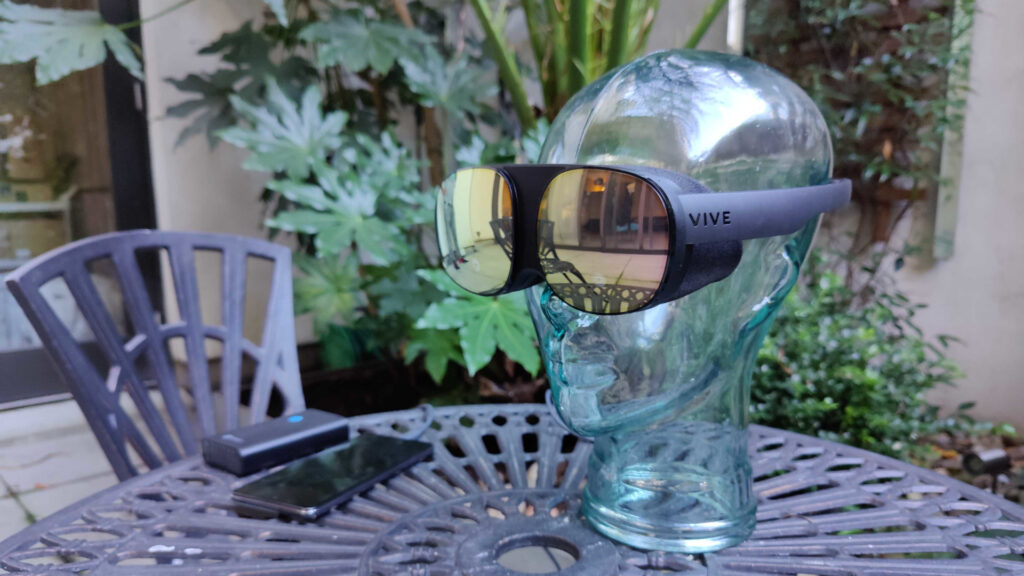The United Federation of Planets may hold itself up as a futuristic utopia but it also has a dark underbelly. Covert intelligence organization Section 31 carries out the missions Starfleet pretends don’t happen, bending the rules in the name of keeping everyone else safe.
Since making its first appearance in “Deep Space Nine“, Section 31 has broken cover in numerous “Star Trek” TV shows and movies. Now, Starfleet’s guilty secret is getting its very own movie, as Michelle Yeoh’s Philippa Georgiou is brought back into service with an all-new team of specialist operatives.
So, as “Star Trek: Section 31” deploys on Paramount+, we raid the Federation’s most classified files to give you a full debrief on Section 31’s murky past.
What is Section 31 in “Star Trek”?

Section 31 is a top-secret branch of Starfleet Intelligence, operating way outside usual Federation rules and regulations. Its operatives exist in the shadows, doing unsavory work behind the scenes so that James T Kirk, Jean-Luc Picard, Kathryn Janeway, and other Starfleet captains can carry out their day jobs without getting their hands too dirty.
You may like
Starfleet Command is aware of its existence but has historically given Section 31 the freedom to do whatever it thinks necessary to achieve its objectives. This lack of day-to-day oversight allows Starfleet to preserve the illusion of plausible deniability.
When did Section 31 first appear?
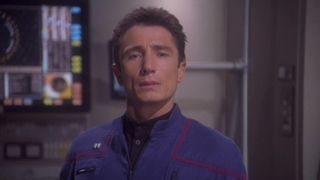
While Section 31 made its TV debut in the 1990s courtesy of “Deep Space Nine” — more on that later — its origins go back way further in canon. The agency was originally founded to protect the interests of planet Earth, before expanding its remit to cover the entire Federation.
In the 22nd century, “Enterprise”‘s Captain Jonathan Archer learned that his head of security, Malcolm Reed, had previously been on the Section 31 payroll. But Section 31 is not the sort of organization you quit, so Reed’s former boss Harris (first names are, apparently, optional), didn’t hesitate to bring his unwitting sleeper agent back into the fold.
Unfortunately for Reed, Harris’s orders required him to betray his commanding officer by deliberately obstructing an investigation into the Klingons’ abduction of chief medical officer Dr Phlox. Just to add to the murkiness, it turned out that Section 31 was complicit in the kidnapping, as they needed Phlox to find a cure for a virus that was making Klingons look human.
The official reason for Section 31’s intervention was maintaining the stability of the Alpha Quadrant but, in the process, they also fixed the retcon that had explained why Original Series Klingons look completely different to those that followed.
Why is it called Section 31?

The name comes from Article 14, Section 31 of the Starfleet Charter. As Harris told Captain Archer in “Enterprise” episode “Divergence”, “There are a few lines [in the Charter] that make allowances for bending the rules during times of extraordinary threat.” Section 31 exists to stretch that “extraordinary threat” loophole as far as it can.
How secret actually are they?

Not very. While Captain Archer seemingly knew nothing about the organization in the 22nd century, Section 31 is such an open secret in 23rd-century-set Star Trek: Discovery that it has its own fleet of ships.
Officers also sport distinctive black Starfleet badges on their uniforms, which seems as naïve as Homer wearing a “Witness Relocation Program” t-shirt in the classic “The Simpsons” episode “Cape Feare”.
Did Kirk and Spock ever cross paths with Section 31?
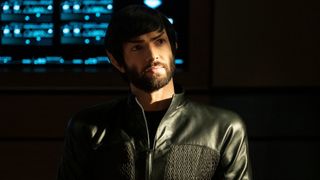
Not during the Enterprise’s original five-year mission or subsequent movie adventures, but Spock did have some dealings with Section 31 when he served under Captain Christopher Pike. In fact, he became a person of interest during an investigation into the mysterious Red Angels that had haunted his dreams. The Angels subsequently turned out to be Michael Burnham and mum Gabrielle, wearing a time-travel suit bankrolled by… Section 31.
But this incarnation of Section 31 was even more sinister than the standard variety, having been taken over by a megalomaniac AI known as Control. Originally designed for threat assessment, it got severe delusions of grandeur, took control of the Section 31 fleet, and murdered a number of key figures in the agency — with the notable exception of its puppet, Leland (again, no first name).
Philippa Georgiou, former leader of the Terran Empire in the Mirror Universe, ultimately took Control offline before blasting off for the 32nd century with the rest of the Discovery crew. Klingon-turned-human Ash Tyler was appointed to lead the intelligence outfit’s rebuild.
Spock and Kirk also faced off against Section 31 in the parallel Kelvin timeline. The bombing of a Section 31 facility in London was the catalyst for the plot of “Star Trek Into Darkness“, as John “Khan” Harrison waged a one-man war against Starfleet. Fleet Admiral Alexander Marcus — who had, coincidentally, ordered the 20th-century tyrant‘s defrosting — was also a member of Section 31. He used the usual “extraordinary threat” excuse to justify his actions as he betrayed the Federation. He also flew around the cosmos in the USS Vengeance, a massive starship whose lack of markings and visible registry number didn’t make it any less conspicuous.
What makes the ideal Section 31 agent?
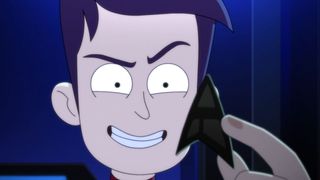
Section 31’s recruitment policy tends to embrace moral shades of grey. In fact, past experience as a brutal dictator seems to be an important qualification, as both Khan Noonien Singh and Philippa Georgiou have made it past Section 31’s vetting procedures.
You don’t have to be a mass murderer to sign up, however. In “Lower Decks”, Bradward Boimler’s transporter clone, William, faked his own death to join Section 31. And, during the Dominion War, Section 31 tried and failed to recruit the genetically enhanced Dr Julian Bashir to their ranks — sounds like they were impressed by his 007-esque holosuite exploits in “Our Man Bashir”.
So Section 31 still operates in the 24th century?
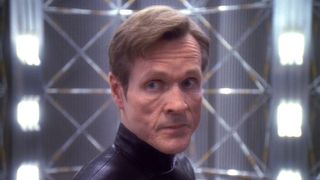
Yes, Section 31 — represented by Luther Sloan (that rare operative with a first name) — indulged in some extremely dodgy tactics during “Deep Space Nine”‘s Dominion War. Its agents even sunk as low as engineering a morphogenic virus to kill off the shapeshifting Founders. The Federation Council, no longer claiming the moral high ground over Section 31, later decided to withhold the cure.
Several years later in “Lower Decks”, William Boimler commanded Section 31 vessel the Anaximander on a mission to apprehend a ship creating rifts between universes.
Where does the new “Star Trek: Section 31” movie fit in?
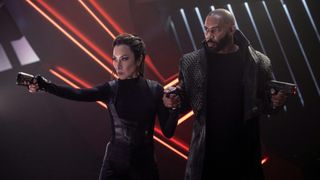
The new Paramount+ movie sees Philippa Georgiou pulled back into the Section 31 fold after traveling back from the 32nd century. Sometime during the “lost era” between the original cast movies and “The Next Generation”, Georgiou will join an all-new team on a mission to save the Federation from a major new threat.
“Star Trek: Section 31” streams on Paramount+ from Friday, January 24.

